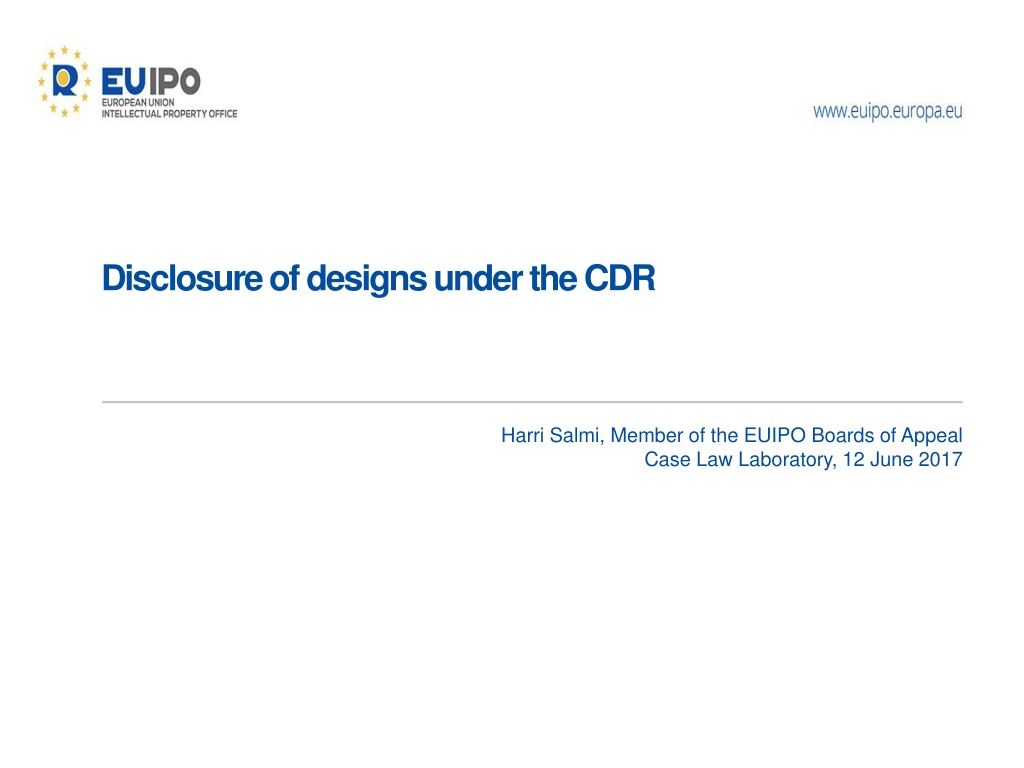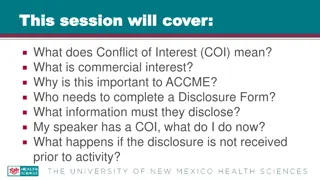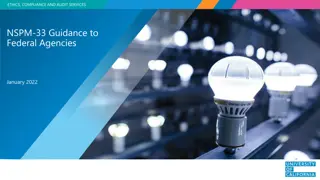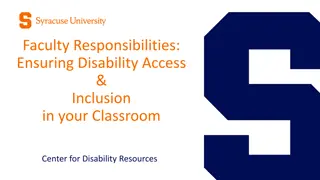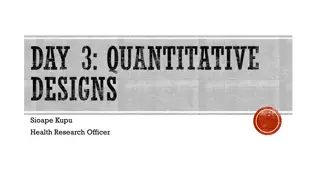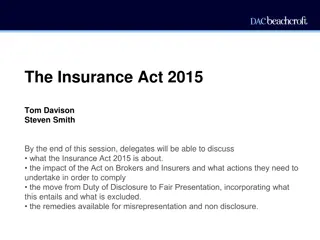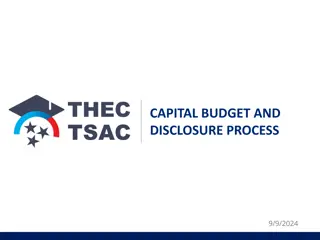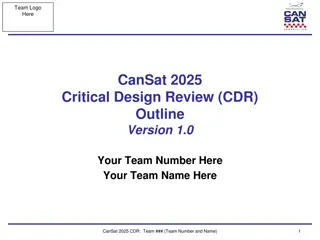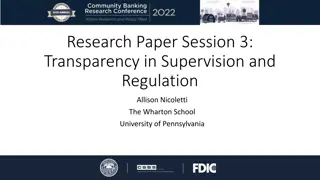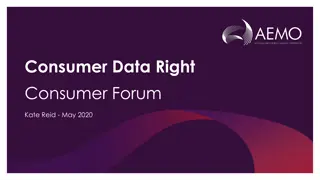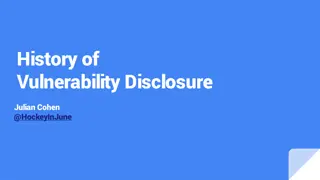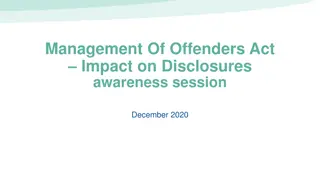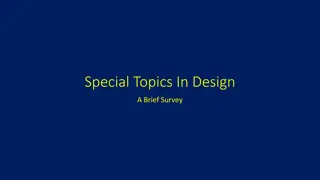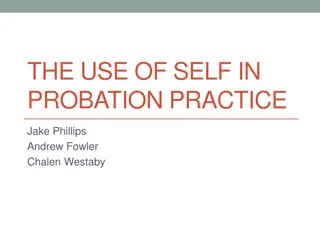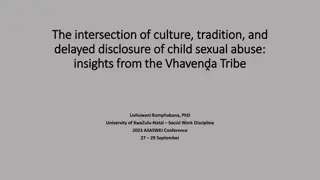Understanding Disclosure of Designs under CDR - Key Insights
The article explores the disclosure of designs under the Community Design Regulation (CDR) and Community Design Invalidity Regulation (CDIR). It discusses the criteria for public availability, evidence required for proving prior disclosure, and the basic rules for establishing the disclosure of a prior design. Additionally, it touches on the Wayback Machine as a tool for verifying website archives in relation to design disclosure.
Download Presentation

Please find below an Image/Link to download the presentation.
The content on the website is provided AS IS for your information and personal use only. It may not be sold, licensed, or shared on other websites without obtaining consent from the author. Download presentation by click this link. If you encounter any issues during the download, it is possible that the publisher has removed the file from their server.
E N D
Presentation Transcript
Disclosure of designs under the CDR Harri Salmi, Member of the EUIPO Boards of Appeal Case Law Laboratory, 12 June 2017
DISCLOSURE UNDER THE CDR AND CDIR According to Article 7(1) CDR, a design is to be deemed to have been made available to the public if it has been published following registration or otherwise, or exhibited, used in trade or otherwise disclosed, before the date referred to in Article 5(1)(b) and 6(1)(b) CDR, as the case may be, except where these events could not reasonably have become known in the normal course of business to the circles specialised in the sector concerned, operating within the European Union. The provisions of the CDR and the CDIR do not specify the kind of evidence the invalidity applicant is required to furnish in order to prove the disclosure of the prior design on which the application for a declaration of invalidity is based. Article 28(1)(b)(v) CDIR only provides that documents proving the existence of those earlier designs must be submitted.
THE BASIC RULES BASED ON T-450/08 PHIALS On the one hand, the invalidity applicant is free to choose the evidence it considers useful to submit in support of its application of invalidity and, on the other hand, the Office is required to examine the evidence in its entirety in order to establish if there is sufficient proof of a prior disclosure ( 23). In order to establish the disclosure of a prior design, an overall assessment must be made taking into account all the relevant circumstances of the particular case. Furthermore, the disclosure cannot be proved by means of probabilities or suppositions, but must be demonstrated by solid and objective evidence ( 24). The evidence provided by the invalidity applicant must be considered in its entirety. Indeed, if some of these elements considered on their own may be insufficient to demonstrate the disclosure of a prior design, the fact remains that, when combined or in conjunction with other documents or information they can contribute to the proof of disclosure ( 25).
WHAT IS THE WAYBACK MACHINE? The Wayback Machine is a no profit digital archive which allows web users to find archived versions of websites. Only typing the full web address (URL), this online library will show when, at what time and how many times a website has been saved. Most of the data are collected by Alexa Internet, a company, known as a web crawler, which browses the web in order to identify, analyses and classifies websites based on the traffic data provided by users.1 These data are then donated to the archive between 6-12 months after they have been collected. As a result, there is usually a time lag between when data from a site are gathered and when they appear in the Wayback Machine. With respect to the disclosure of earlier designs, the dates of images saved in the digital library may raise some issues.
WHAT IS THE WAYBACK MACHINE? In particular, the date indicated by each archived webpage is related to the HTML file but not to images when they are embedded in the html file as external files. For that reason, images that appear on the printed page may not have been archived on the same date as the HTML file. Consequently, in order to find out when a particular image was archived it is necessary to check its specific URL. In any case, sometimes the date of the image may not appear, for instance when an image is not archived. In recent times, the archived webpages have been used in the form of printouts as evidence in designs proceedings before the EUIPO to prove the disclosure of designs in internet. Nonetheless, their use has raised an important question: to what extent the internet materials from the digital archive may be assessed as a valuable piece of proof, considering that this digital tool shows some limits, especially in regard to the dates of images.
CASE-LAW FROM THE EUIPO BOARD OF APPEAL In EUIPO proceedings the evidence of disclosure is subject to an overall assessment, in view of the facts, evidence and arguments provided by the parties (Art. 63 CDR). Whilst the Wayback Machine is a valid source of evidence it may thus not in all cases constitute sufficient proof. R 25/2014-3 SOFT DRINK BOTTLE affidavit of an employee including two photos + a copy of an invoice + an extract from the WayBack Machine showing a photo found to be sufficient R 1849/2015 DOORS a printout from the Wayback Machine + printouts from 2 different Internet pages + copy of product catalogue found to be sufficient
CASE-LAW FROM THE EUIPO BOARD OF APPEAL R 1411/2015-3 LIFTING COLUMN website refers to the archive Wayback Machine and it refers to the holder s webpage, not disputed before the Board, found to be sufficient R 779/2015-3 BANGLES Wayback Machine used to claim that a blog did not exist prior to a specific date. However, this decision is based on uneffective disclosure for other reasons.
CASE-LAW FROM THE EUIPO BOARD OF APPEAL R 2112/2015-3 - Sp lungen f r W.C. (Wasser- ) mere screenshots of the Wayback Machine without any supplementary documents as evidence of disclosure are generally not sufficient, since they do not show the context in which the publication was made and therefore also do not permit any statements to be made as to whether they could have become known to the relevant public in the normal course of business.
